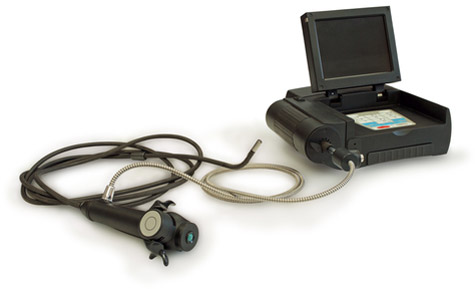SNAP Substitutes by Sector
Under Title VI of the Clean Air Act, the SNAP program identifies and evaluates substitutes in end-uses that have historically used ozone-depleting substances (ODS). SNAP listings of acceptable alternatives can also help sectors transition away from high global warming potential hydrofluorocarbons (HFCs) addressed under the American Innovation and Manufacturing (AIM) Act including its Technology Transitions Program. For example, some substitutes that are listed as acceptable under the SNAP program, starting with the first SNAP rulemaking in 1994, might be subject to more recent restrictions established under the Technology Transitions Program. For detailed information on specific restrictions and guidance, please refer to the Technology Transitions Program.
EPA's decision on the acceptability of new substitutes is based on its understanding of the overall risk to the environmental and human health impacts posed by the substitutes as compared with other substitutes available for a particular end-use. For more information about EPA's evaluation of each substitute in an end-use, see the Overview of SNAP.
Adhesives, Coatings, and Inks
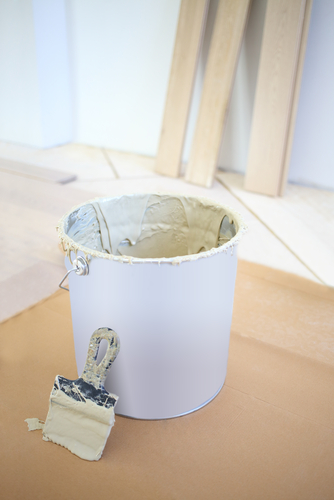
These substances contain solid components that are suspended in a solvent, spread over a surface and bond to it, and then allow the solvent to evaporate.
Aerosols

Substances are stored under pressure and then released as a suspension of particles in air.
Cleaning Solvents

Are used to remove oil, grease, solder flux, and other contaminants in industrial cleaning and vapor degreasing, cold batch cleaning, or automated cleaning
Fire Suppression and Explosion Protection
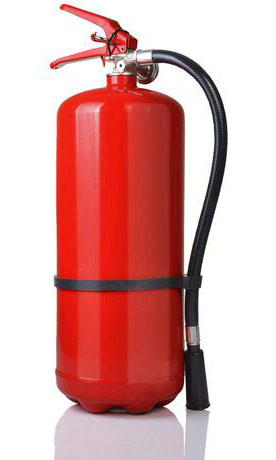
Chemical agents in this sector are used in various fire protection applications to extinguish a fire, including those in the military, aviation, electronics, oil, and gas sectors
Foam Blowing Agents
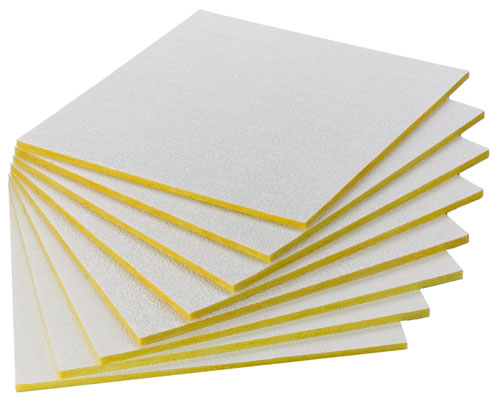
Are used in the case of foam used for insulation it functions as an insulating component of foam and used in a wide variety of applications including refrigerators, buildings, automobiles, furniture, packaging, and many more.
Refrigeration and Air Conditioning
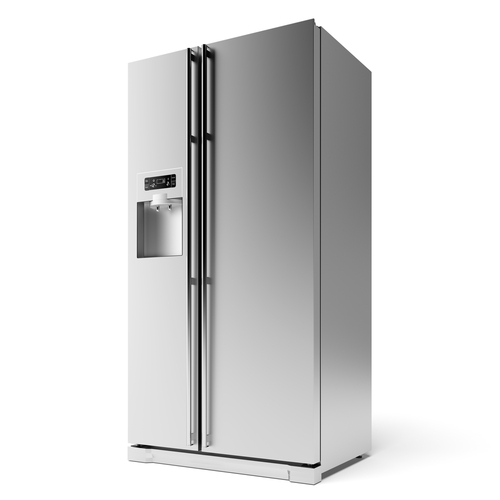
End-uses in this sector typically use a refrigerant in a vapor compression cycle to cool and/or dehumidify a substances or space, like a refrigerator cabinet, room, office building, or warehouse.
Tobacco Expansion

Is the process of puffing leaves of tobacco to decrease the volume of tobacco used in cigarette production.

